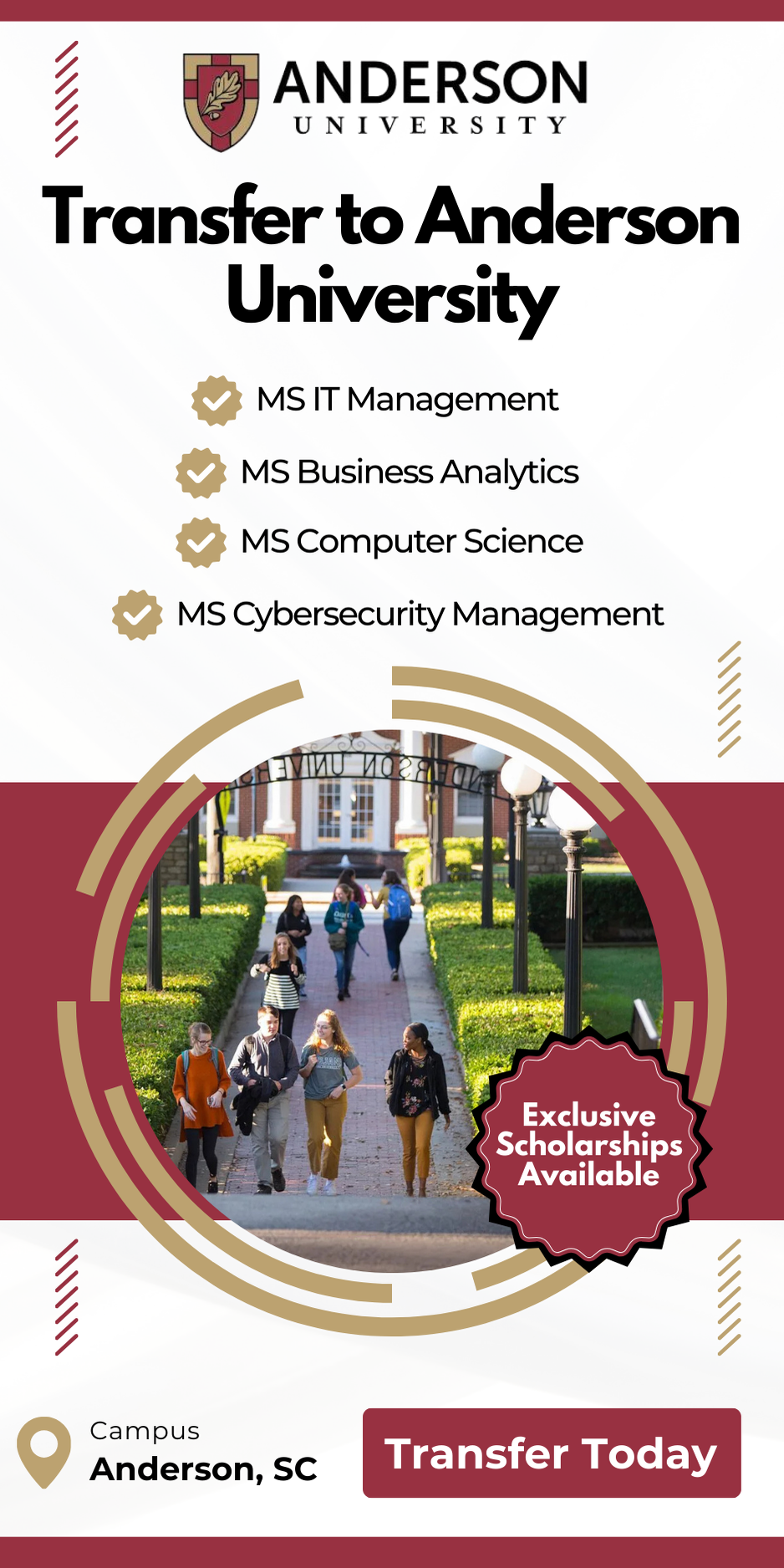Overview
The U.S. Citizenship and Immigration Services (USCIS) has introduced significant updates to the H-1B visa program for Fiscal Year (FY) 2026, aiming to modernize the system and enhance fairness. These changes impact international students, professionals, and employers navigating the U.S. immigration landscape.
Key Changes to the H-1B Program for FY 2026
- Increased Registration Fee: The H-1B registration fee has risen from $10 to $215 per beneficiary, reflecting USCIS’s efforts to address administrative costs and deter frivolous applications.
- Beneficiary-Centric Selection Process: USCIS continues implementing a beneficiary-centric selection process, introduced in FY 2025, to prevent multiple registrations for the same individual by different employers, thereby enhancing fairness in the lottery system.
- Extended Cap-Gap for F-1 Students: The automatic cap-gap extension for F-1 students transitioning to H-1B status now extends until April 1 of the following calendar year, providing greater flexibility and reducing employment authorization disruptions.
- Enhanced Compliance Measures: USCIS has increased worksite inspections and compliance monitoring to prevent misuse of the H-1B program, emphasizing the importance of employers’ and employees’ adherence to legal requirements.
- Clarified Degree and Job Alignment: There is now a stricter requirement for aligning an applicant’s degree field and the job role, ensuring that appropriately qualified individuals fill H-1B positions.
Implications for Stakeholders
- Employers: Must budget for increased registration fees, ensure compliance with enhanced monitoring, and verify that job roles align with applicants’ qualifications.
- Prospective H-1B Applicants: Should prepare for the updated selection process, ensure their educational background matches the job requirements, and be aware of the extended cap-gap provisions of transitioning from F-1 status.
People Also Ask (PAA)
- What is the new H-1B registration fee for FY 2026?
- The registration fee has increased from $10 to $215 per beneficiary.
- How does the beneficiary-centric selection process work?
- USCIS selects unique beneficiaries rather than multiple registrations, preventing duplicate selections for the same individual.
- What is the cap-gap extension for F-1 students?
- It allows F-1 students transitioning to H-1B status to extend their work authorization until April 1 of the following calendar year.
- Why has USCIS increased worksite inspections?
- To enhance compliance and prevent misuse of the H-1B program.
- How do the degree and job alignment requirements affect applicants?
- Applicants must ensure their degree field matches the job role to qualify for the H-1B visa.
- When is the H-1B registration period for FY 2026?
- The registration period opens at noon Eastern Time on March 7, 2025, and closes at noon Eastern Time on March 24, 2025.
- What are the annual H-1B visa caps?
- There are 65,000 visas for the regular cap and an additional 20,000 for applicants with advanced degrees from U.S. institutions.
- Can multiple employers register the same beneficiary?
- The beneficiary-centric process prevents multiple registrations for the same individual by different employers.
- What happens if an H-1B petition is not selected?
- Employers may consider alternative visa options or reapply in the next fiscal year.
- Are there exemptions to the H-1B cap?
- Certain employers, such as higher education institutions and nonprofit research organizations, are exempt from the H-1B cap.
Staying informed about these updates is crucial for employers and prospective H-1B applicants to navigate the evolving immigration landscape effectively.
Conclusion
The H-1B rule changes for FY 2026 introduce significant updates to increase transparency, prevent fraud, and ensure a fairer selection process for highly skilled foreign workers. With higher registration fees, stricter compliance measures, and a beneficiary-centric lottery system, employers and applicants must adapt to these modifications to improve their chances of success.
To maximize your H-1B selection prospects, consider these key steps:
✅ Register early and accurately to avoid disqualification.
✅ Ensure degree and job alignment to meet new eligibility criteria.
✅ Work with immigration attorneys to prepare strong petitions.
✅ Monitor USCIS announcements for updates on policy changes.
✅ Explore alternative visas like L-1, O-1, or TN if H-1B selection is not successful.
With tighter regulations under the 2026 fiscal year, staying informed is crucial; preparing early and ensuring full compliance with USCIS guidelines is crucial.
For the latest updates, expert guidance, and resources on H-1B visas, CPT, OPT, and U.S. immigration policies, visit cpthunt.org—your go-to platform for navigating U.S. work visa opportunities!

